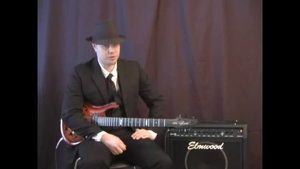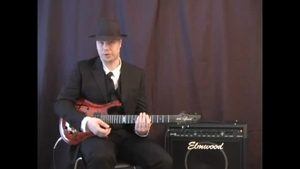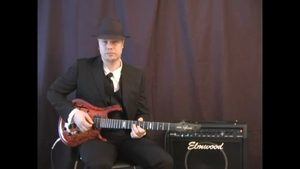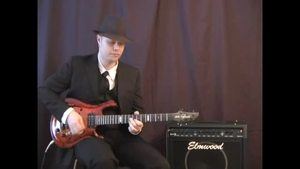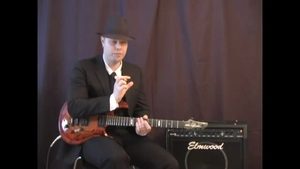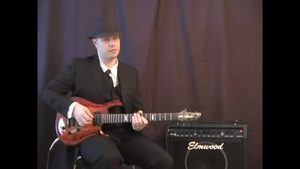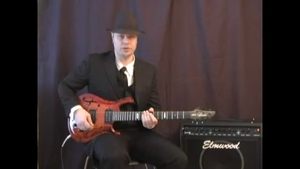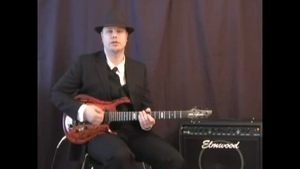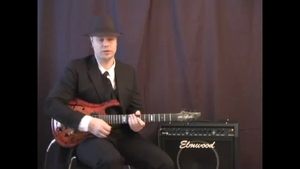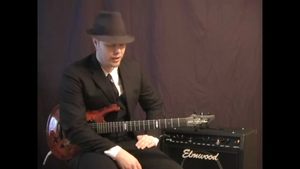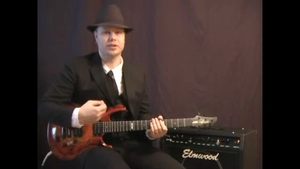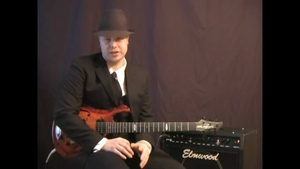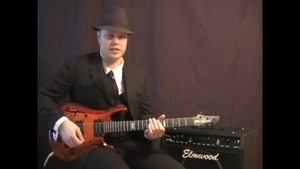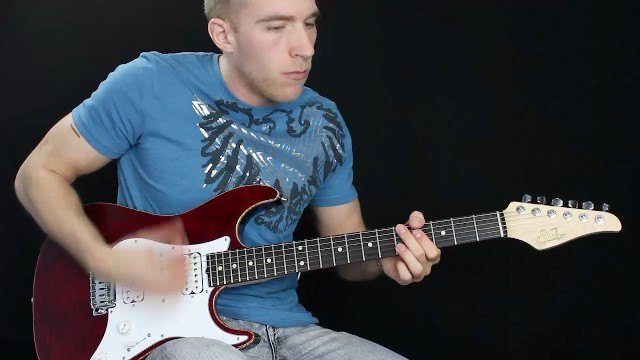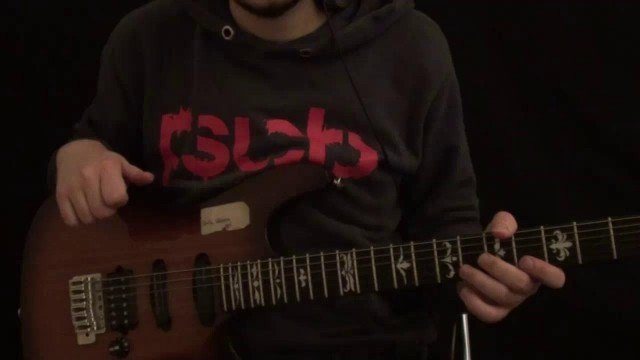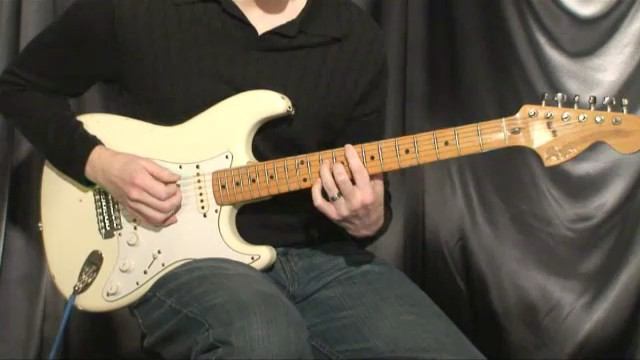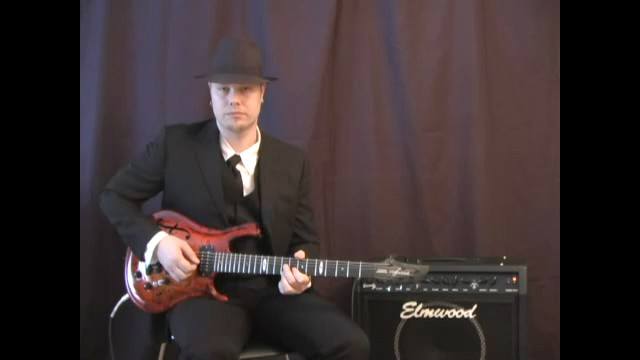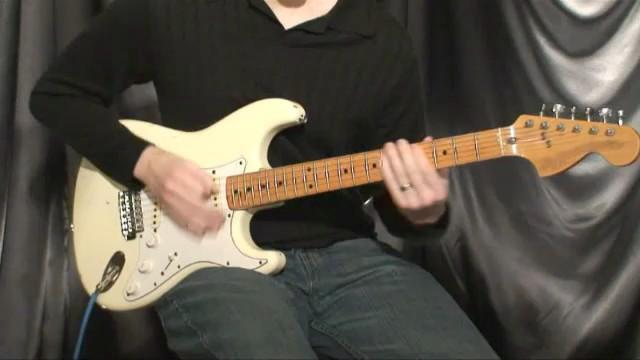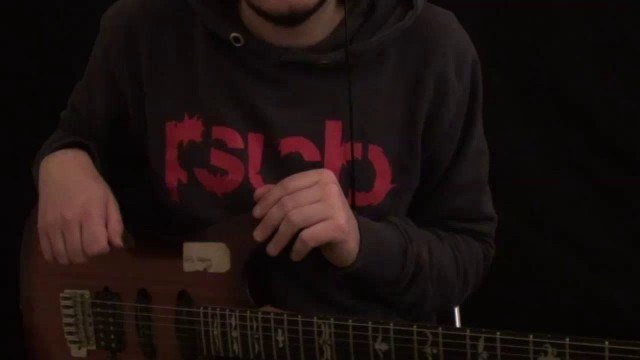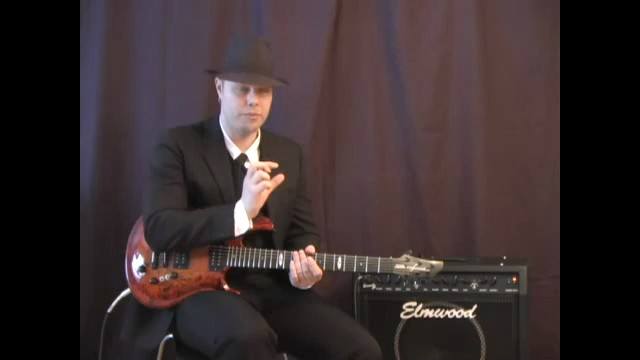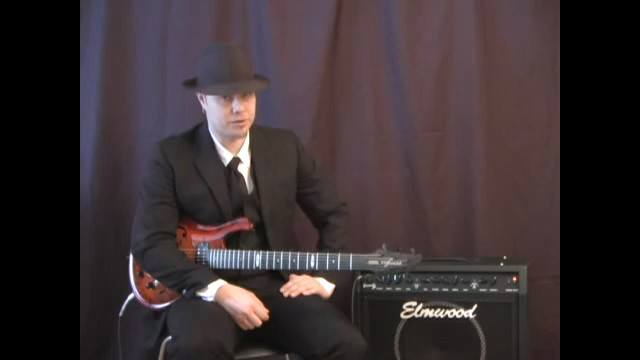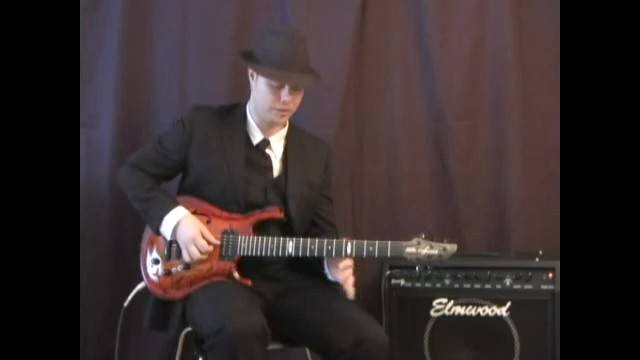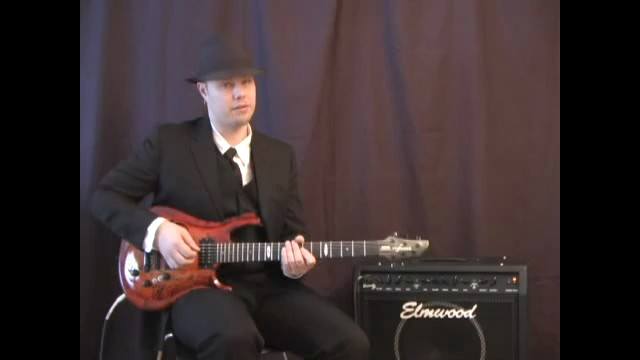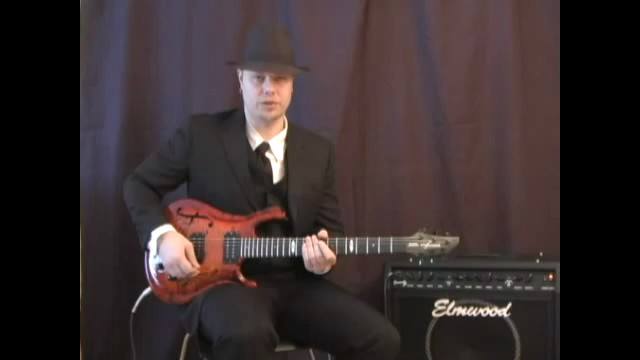Ok then! Let's begin shall we?
As stated in the video, the first thing you need to grasp to be able to play funk rhythm guitar, is your right hand strumming. Most funk guitar playing revolves around variations of the sixteenth note straight pattern. What this means, is that you need to be able to have a continuous 16th note strumming going on, and then just accentuate the rhythm that you wish. You do this by pressing down on specific parts of these 16th note groupings. This also means, that when you’re not pressing down with your left hand, you need to have those fingers touching the strings in order to mute them. So, your fingers will always be in contact with the strings (most of the time, especially when doing the kind of strumming we will be doing in this tutorial).
So, does this make sense? If you have any trouble understanding the 16th note groupings, and need to get better acquainted with them, and how to syncopate rhythms within them, I recommend you to check out Sean Conklin’s 16th note displacement tutorial. This tutorial covers rock, and instead of having a continuous pattern, you insert rests in the pattern to create rock and metal rhythms and riffing. The idea of sub-dividing and displacing the 16th note grouping is similar though.
Once you got the flow of the muted strumming down, you can start tackling the 4 examples shown below. The trick is to keep your hands in sync, so you press down with your left hand at exactly the right time. One way of practicing this, when you don’t have a guitar around is this: Clap 16th notes on your right leg with your right hand, and then clap out the accents you want to make with your left hand, on your left leg. This would be pretty much exactly what you’re doing on the guitar, but this helps you analyze and “feel” the rhythms you want to play. Playing funk is all about rhythm, and you should think more like a drummer than a lead guitar player.
Once you’ve nailed this rudimentary strumming pattern, and start to be able top syncopate with your hands, you are ready for the main event.
Another thing we need to look into, is the chords used in this tutorial. In funk guitar playing, you very rarely play full chords. Often, you tend to stay on the top two or three string only. (Apart form single note funk guitar playing, where you think more like a bass player).
The main chord we will using throughout this tutorial is the A7 chord (A dominant 7, b7). This chord usually consist of the root (A), major third (C#), perfect fifth (E) and dominant seventh (G). However, to incorporate this chord into funk, you rarely play all those notes, but choose just the ones needed to bring out the “flavor” you like. Hence, I have chosen to play only the fifth, seventh and major third (E, G, C#). The bass will handle the root in funk, so feel free to experiment with voicings to your hearts content.
When I use other chords those will be covered in that specific part of the tutorial.
If you feel uncertain about chord theory, or just want to dwell deeper into that when going through this tutorial, check out fellow IG instructors Mike Edwin, and Robert Mussatti’s lessons on chords and theory.
At the end of this tutorial, you will also find backing tracks to play along with, both up to tempo and in a slightly lower tempo. I strongly recommend you do this, since no funk guitar is truly funky without the help of bass and drums!
So turn the page to begin with example no 1!

